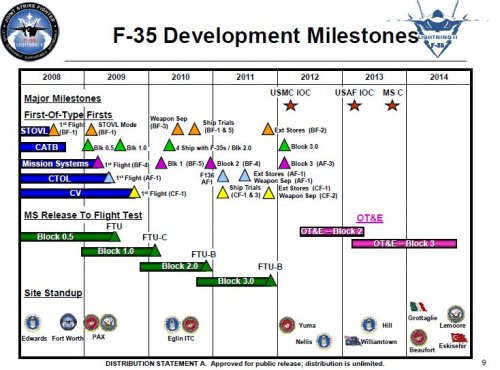TT - Cheap to buy is not the same as cheap to operate. Ask someone who drives a Honda.
Well as you say we will see when IOC happens right my friend? 88 aircraft should be quite the fleet, assuming SAAB stays in the airplane business.
What's interesting about JAS 39E is that the customer can get airframe/system cost data out of the C/D operators and engine data from the USN, which constrains Saab from making silly claims or having to say "You don't understand it because it's all different from legacy jets".
And of course we know all this because none of it is very new or cutting edge. an evolution of an old aircraft with an upgraded engine that costs $107 million (or more if you are sweden) How long do you have to operate Gripens before you start saving on those operating costs after such a high initial price by the way? and all for a Light "affordable" Fighter? Just to put that in perspective it looks like the Gripen C/D is aroun 60 million. so we are talking about a difference of $47 million dollars. How many years do you have to operate a Gripen NG before you make up that Value?
Ok so 47 $million dollar difference from the Legacy Gripen / $5,000 CPFH (Gripen C/D is $4700) = 23,500 flight hours if you fly them
1,000 hours a year, it would take 23.5 years. So you could buy a Gripen C/D and fly it for 23 years for the initial cost of the Gripen NG.
How many millions of dollars are you willing to spend to "save" in five decades? A block 60 F-16 costs around 80 million, and a CPFH of $7000 also a fleet of thousands, and LM isn't going away anytime soon.
Just like it says on the tin...
Honestly if you want a 4.5 Gen fighter with F414 engines that is already a known aircraft you could just buy super Hornets, and they even have two seaters, and a jamming variant and we both agree they around 67 million dollars. So why Saab again? Are you buying the Honda for economy or that shiny "H" on the hood? plus there are hundreds in service and you always can't wait to tell us the upgrades that are due for it. But I understand the F-18E/F isn't a Eurocanard. speaking of, If this 107 million number is true, there isn't one Eurocanard out there under 100 million dollars. From the Gripen NG, to the EF-2000 European aircraft are over 100 million. Canada says the JSF is 88 million. Abraham explained his numbers from the Australian perspective so the score board looks like this:
Under 100 million
Gripen C/D
JSF
F-18E/F
F-16 (even the advance blocks)
Over 100 million
Rafale
Typhoon
Gripen NG
And I confess to a bias in favor of people who deliver products on time and on schedule, and that do what it says on the tin. I know that's crazy, but what can I say.
As you would be fast to point out, previous success does not mean current or future success. You downplay all the good news from the F-35 with a "we will see!", while advocating a Swedish aircraft that is looking to cost twice what its original legacy version does, and won't start delivery until 2019.

